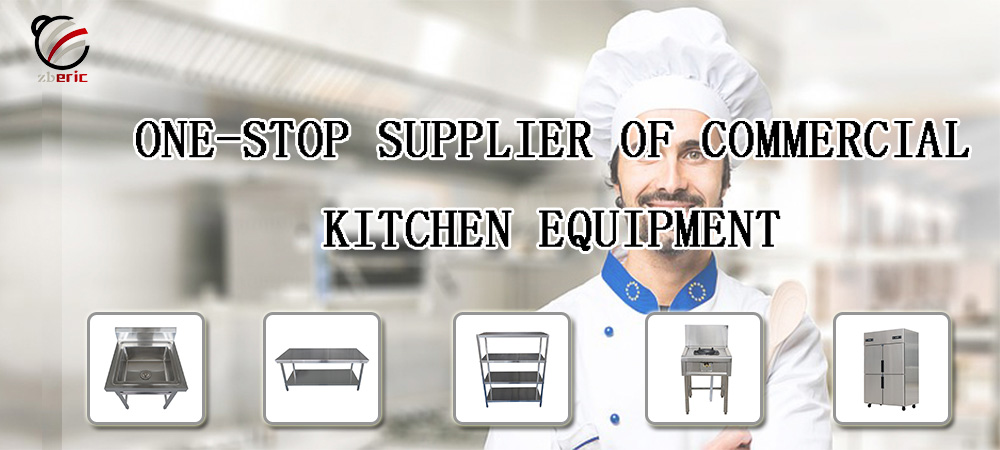Whether you’re planning to start a restaurant, cater to special events, or provide culinary delights from a ghost kitchen, understanding the commercial kitchen requirements is pivotal. This guide seeks to explain every crucial aspect related to the topic, ensuring that restaurateurs and chefs align their practices with industry standards to ensure success.
What is a Commercial Kitchen?
A commercial kitchen represents more than just a space with cooking equipment. It is the heart of a food business, designed for producing food in large volumes. This space must meet specific health and safety standards, and cater to the needs of chefs, ensuring the production of delectable cuisines.
What are the General Requirements For Commercial Kitchens?
Kitchens are unique environments that, beyond just cooking, prioritize safety and health. For instance, it’s imperative to store cleaning chemicals separately from foods. Cooking surfaces and floors need to be non-porous, smooth, and easily disinfectable. Reliable water supply and gas hookups also fall under this category. Even shared kitchen spaces aren’t exempt from these requirements, necessitating permits. Staff bathrooms play an essential role, ensuring that the personnel maintains their hygiene, minimizing the risk of contamination.
What are Equipment Requirements For A Commercial Kitchen?
A functioning commercial kitchen requires several key pieces of restaurant equipment: A Trilogy of Sinks for Various Needs A commercial kitchen, especially in bustling cities like Los Angeles, isn’t complete without three distinct sinks.
Each sink serves a unique purpose: Food Prep Sink: This sink is designated for rinsing and washing ingredients. Its separate area ensures food remains uncontaminated by harmful bacteria or chemicals. Handwashing Station: Essential for staff to frequently wash their hands, promoting a clean working environment and preventing the spread of germs.
Dishwashing Sink: Dedicated to cleaning and sanitizing dishes, pots, pans, and other kitchen tools. Refrigeration and Freezing Systems Refrigeration and freezing equipment ensure the freshness of ingredients, a pivotal point for restaurants, especially ghost kitchens that serve delivery-only menus. Refrigerators and freezers in a commercial setting play a much larger role than just cooling: Inventory Organization: Proper shelving inside these units allows for systematic storage, facilitating faster access and inventory checks.
Illness Prevention: Meeting energy standards and regular maintenance minimizes risks of foodborne illnesses, safeguarding the reputation of the business. Food Preservation: These devices help in retaining the freshness and nutritional value of ingredients, offering guests high-quality meals. Cooking, Storing, and Cleaning Essentials Essential cooking equipment varies depending on the restaurant type, but there are certain staples every kitchen space needs. This includes a variety of cooking surfaces such as grills, ovens, and stovetops.
Additionally: Smallwares: These encompass utensils and tools chefs use daily, like knives, spoons, and spatulas. Janitorial Tools: Keeping a kitchen spotless isn’t just about aesthetics. Mops, brooms, and cleaning agents ensure a hygienic environment, reducing safety hazards. Storage Containers: For portioning, preserving, and storing food efficiently, preventing cross-contamination.
Eric One-stop supplier of kitchen equipment.For all your kitchen needs.
Post time: Mar-28-2024

